- Your cart is empty
- Continue Shopping

Product
ASTER PHYSIO AP CS-103A Professional Commercial Digital Therapeutic Ultrasonic
Dual Frequency 1&3 MHz
27 Treatment Programs/Protocols
Therapeutic ultrasound at 1 MHz and 3 MHz frequencies is widely used in physical therapy and rehabilitation to promote healing, reduce pain, and improve tissue function. Here’s how each frequency works and what it’s best used for:
—
🔬 Frequency Differences & Penetration Depth
| Frequency | Penetration Depth | Best For Treating |
|———-|——————-|——————-|
| 1 MHz | ~5 cm (deep tissues) | Muscles, joints, deep tendons |
| 3 MHz | ~1–2 cm (superficial tissues) | Ligaments, tendons, scar tissue, fascia |
—
💡 Key Therapeutic Uses
✅ 1 MHz Ultrasound
– Deep tissue heating: Enhances blood flow and tissue extensibility
– Pain relief: Especially effective for chronic low back pain and deep muscle aches
– Muscle strain recovery: Accelerates healing through increased circulation
– Joint stiffness: Improves mobility by warming deep structures
✅ 3 MHz Ultrasound
– Superficial tissue healing: Ideal for tendinopathies like rotator cuff or Achilles issues
– Scar tissue management: Softens fibrotic tissue and improves flexibility
– Ligament injuries: Promotes collagen remodeling and reduces inflammation
– Skin and fascia treatment: Enhances elasticity and reduces adhesions
—
🔥 Thermal vs Non-Thermal Effects
– Thermal effects: Continuous ultrasound raises tissue temperature, improving circulation and flexibility
– Non-thermal effects: Pulsed ultrasound promotes cellular repair via micro-cavitation and acoustic streaming
—
🧬 Cellular Benefits
– Stimulates collagen synthesis
– Reduces inflammation
– Enhances metabolic activity at the injury site..
| Weight | 3 kg |
|---|

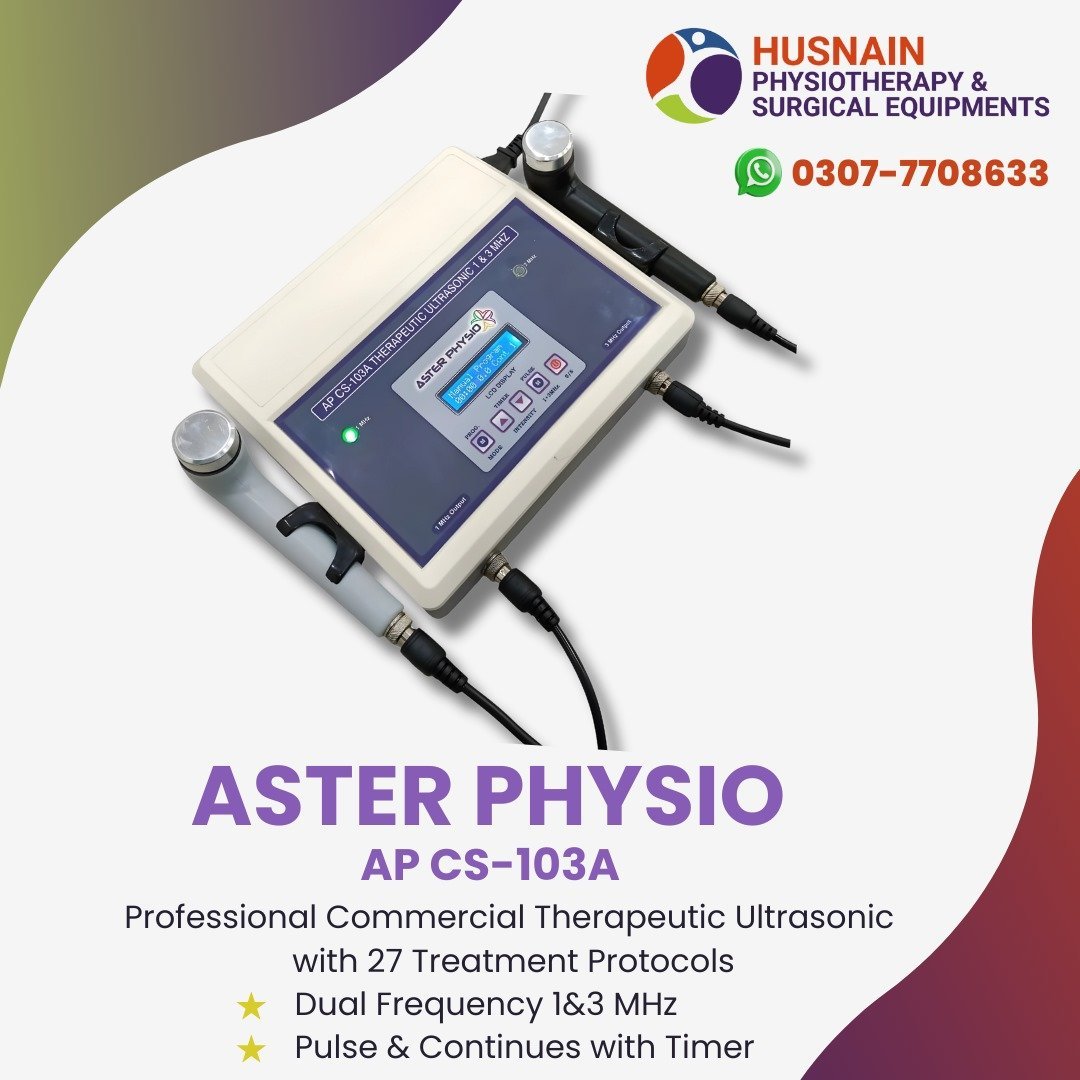
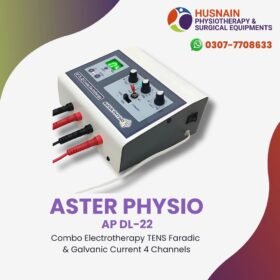

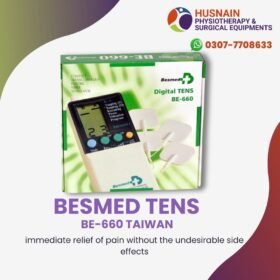


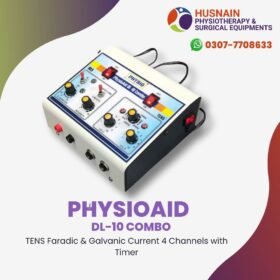
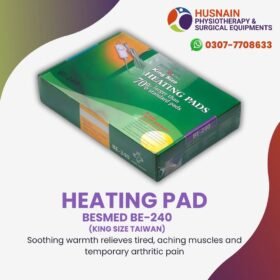
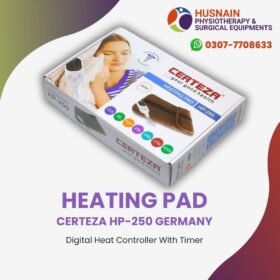
Reviews
There are no reviews yet.